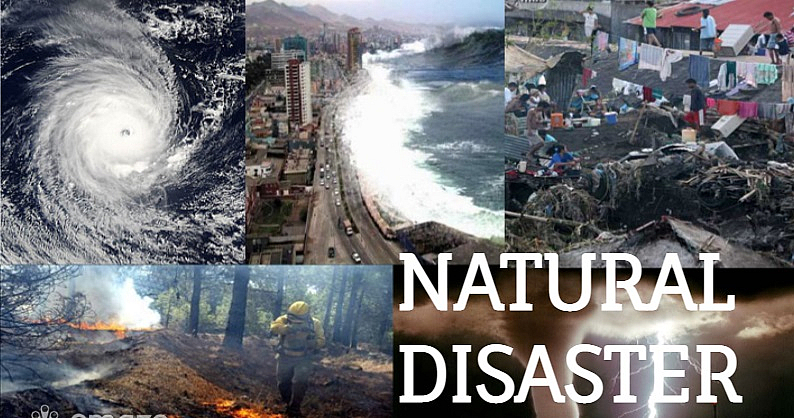A Disaster preparedness plan is essentially an outline for people to follow in the event of a disaster. A well-prepared plan can help prevent an emergency from becoming a catastrophe. This needs to have clear, simple instructions that anybody in the organization can act upon and all staff should be informed about the plan.
So how do you go about creating a plan? Here are some helpful steps recommended by FEMA.
Assess the risks
Assess the biggest threats to your business and its long-term recovery. Different types of disasters or emergency events can be worse than others.
Analyze the potential fallout from the following situations: An environmental emergency, such as a flood, earthquake or fire; a physical problem, like a break-in; or a digital emergency or cybersecurity breach.
You’ll then rate these risks based on the level of probability and severity.
Gather employee emergency contact information
It’s important to have emergency contact information for all of your employees before disaster strikes. Gather and file this information in a single location where anyone can quickly access it in case of an emergency.
Establish evacuation procedures
You should outline your company’s evacuation procedure. Consider different emergency scenarios and how your employees and customers can exit the building safely. You should explain these procedures to your employees, and post them where customers can see them.
Prepare emergency kits
You should have at least one emergency kit available for employees. This list is a good start for medical and survival items you can include:
- Gauze and bandages
- Disinfectant
- Painkillers
- A flashlight and batteries
- A fire blanket
- water
Add any other items that could be crucial if you or your employees must wait for emergency services to reach you during a disaster.
Backup important data and files
It’s essential to backup all business data and files. You should store company data on a secure hard drive offsite or in the cloud.
Collect and store insurance information
Make sure you store your insurance information in a place that is easy to access. That way, if an emergency strikes, you won’t be scrambling to locate this information.
If you have hazardous materials on site
The type of equipment needed to handle, store, or deal with hazardous materials varies based on the type of material/substance and the situation. Employees at facilities that store hazardous material should read Safety Data Sheets and labels, follow existing procedures, and understand how to equip themselves to ensure their personal safety.
Review the plan
Your plan should be reviewed as circumstances change; whether this is a change of personnel, relocation, building modifications, and changes to the general environment that may pose new threats to consider.
If you do experience a disaster, it’s important to review the plan afterwards, to see where it could be improved.
Picture by: https://www.techniajz.com/

